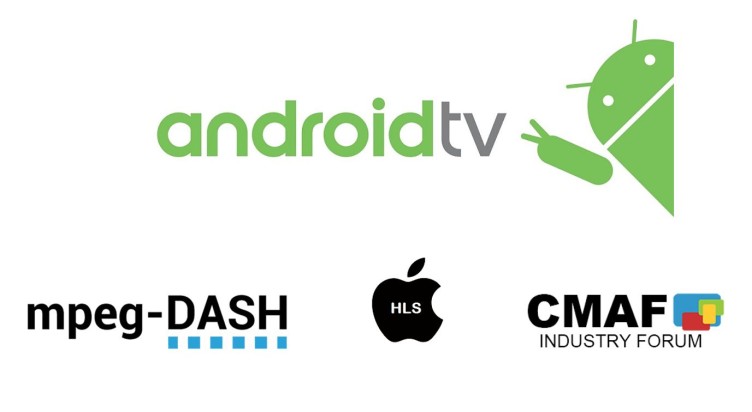Keywords:
- Android TV, Play Store, Set-top-box, Super Aggregator, TCO;
- ABR, mABR, HLS, DASH, CMAF, DRM, CDN, Latency, CMCD, VMAF, Deep Caching, Open Caching, MEC;
- DAI, CSAI, SSAI, Stream Stitching, Ad Inventory, CTV;
- Hybrid Delivery, DVB-I, Operator App, Multiscreen, AI, EPG/Start-over/Catch-up.
By adopting OTT video technology based on ABR and CDNs, Telcos unlock access to the world of content found on the Internet and bring it to their TV set-top box. But then the question raised is whether or not to maintain legacy IPTV technologies such as DVB Transport Streams (TS) using UDP/IP multicast for live TV and RTSP/RTP for some old video-on-demand systems. By giving up on these legacy technologies and embracing future-proof and universal ABR streaming media, Telcos expects cost reduction and less maintenance with a single (instead of several) convergent media pipeline, while developing expertise across modern technologies. Specific Telco CDN technologies, such as mABR (Multicast ABR) and Deep Caching, can help transition from IPTV legacy technology to full ABR unicast content delivery. mABR keeps the multicast one-to-many attribute to cope with peak audiences until an operator finishes building an appropriately sized, reliable CDN infrastructure. Deep Caching helps the operator split the global load to local smaller loads handled by deep cache servers running on MEC (Multi-Access Edge Computing) infrastructure close to the users.
